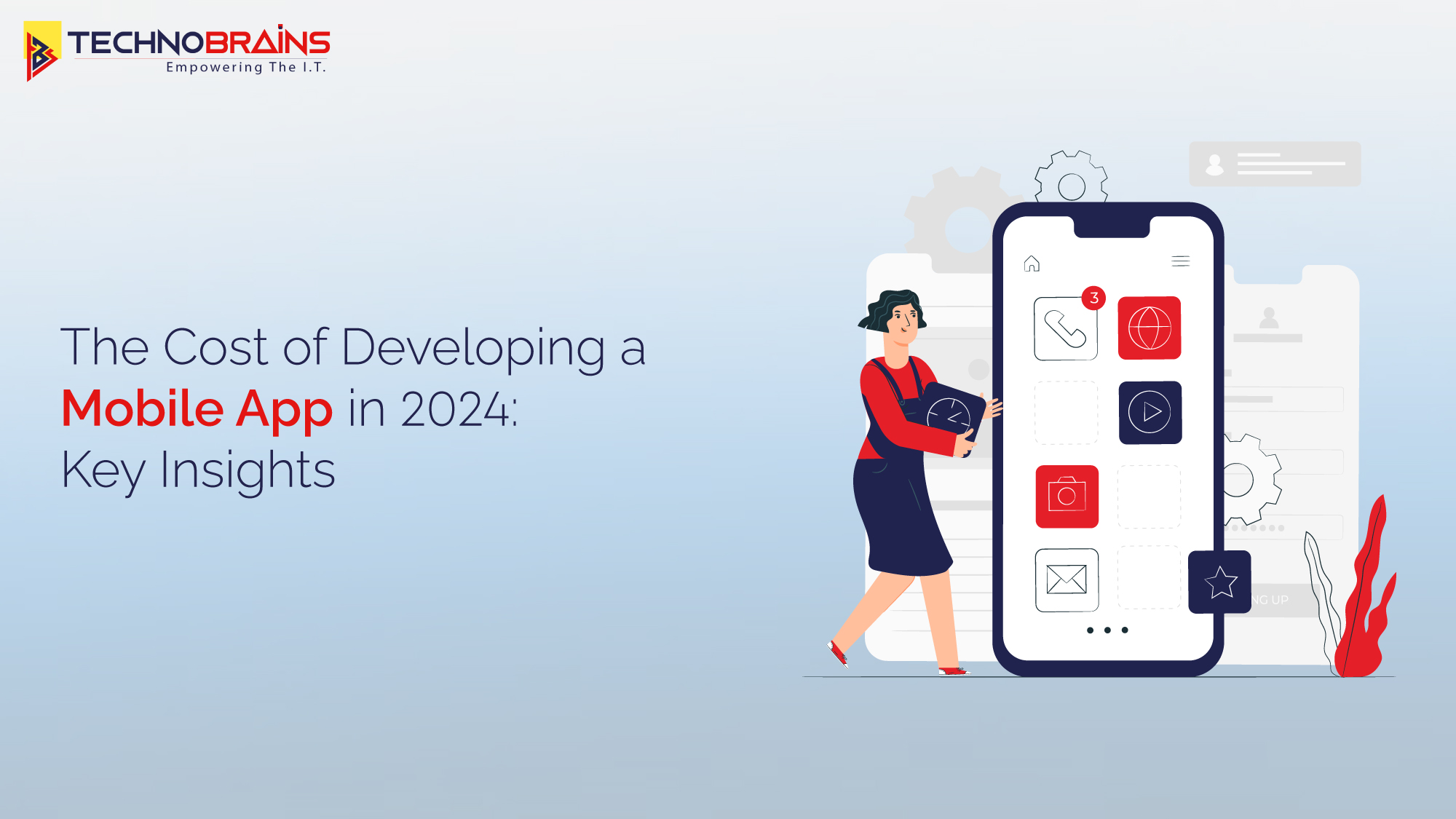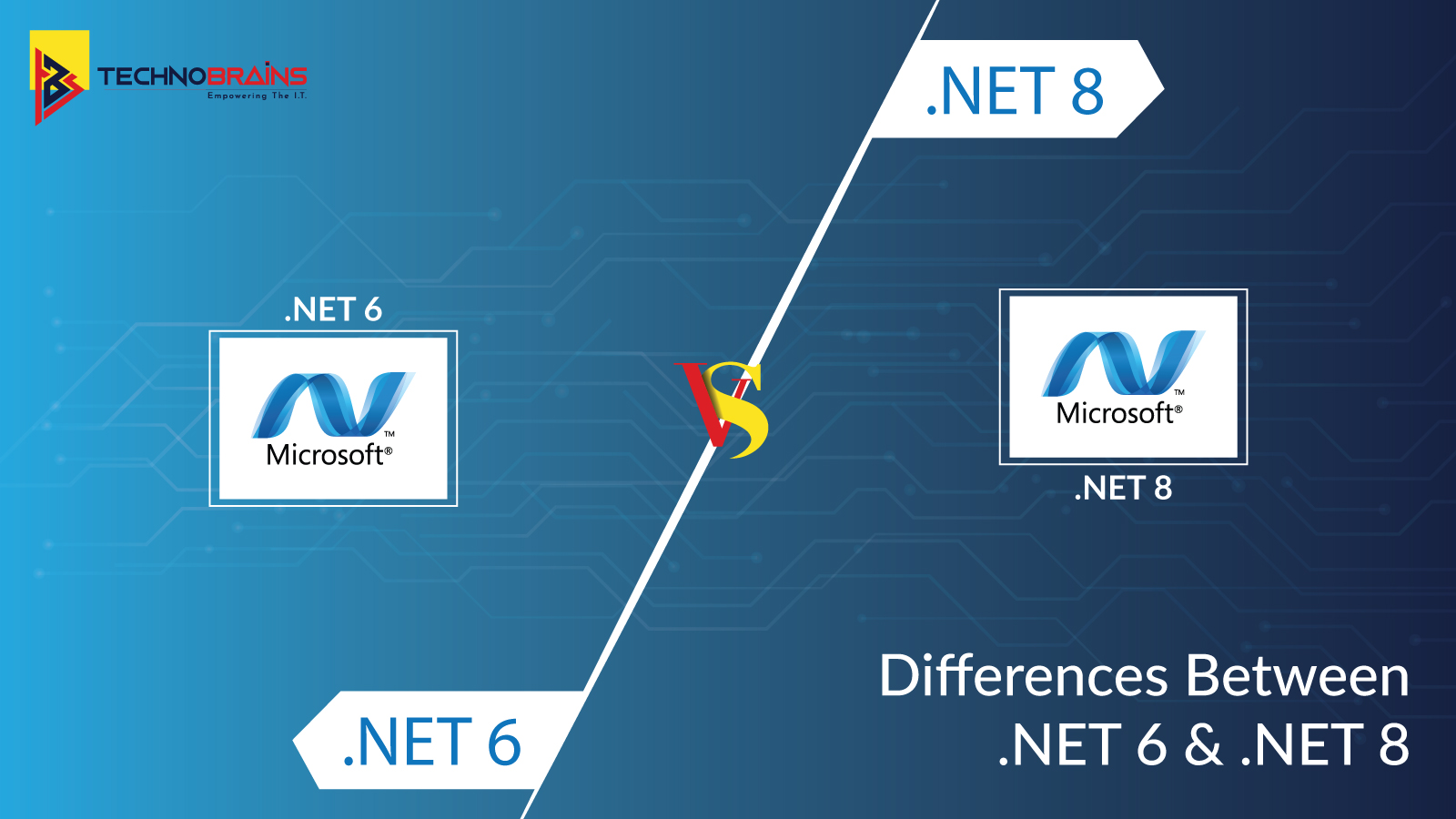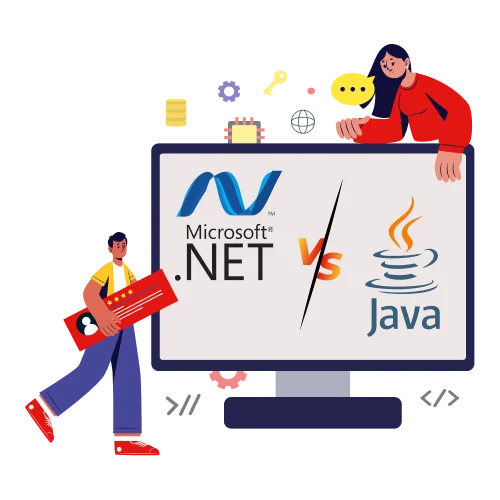In today’s digital age, the mobile app market is expanding rapidly, scaling unprecedented heights. Honestly, it shouldn’t come off as a surprise, given that there are about 6.5 billion smartphones around the globe. According to conducted research, an average person spends roughly three and a half hours on their smartphone, and that too on a daily basis.
When we take a closer look, it’s clear that the mobile app market is not about to slow down any time soon; experts predict that it will keep growing at a CAGR of 14.3 percent from 2024 to 2030. If you have decided to capitalize on this lucrative market by engineering your own mobile app, you are probably wondering how much it cost to build an app.
Mobile app development costs in 2024 can range anywhere from $5,000 to $200,000. Some complex and specially customized apps can cost upwards of $350,000.
Here, we have mentioned the tentative amount, but the actual mobile app development cost can vary based on various factors. By the end of this article, you will better understand the variables influencing an app development costs, preparing you to confidently start your own initiative.
Various Factors Affecting Mobile App Development Costs

Having a ballpark estimate is convenient, yes, but predicting the cost of developing a mobile app is not quite simple. There’s no fixed price tag. The mobile app development cost depends entirely on several key factors. It can, however, be calculated by evaluating different variables and outlining the base costs associated with them to come up with an accurate estimation.
1. Mobile App Complexity
Generally speaking, an app’s complexity can significantly impact how much it costs to develop. More complexity means more time and resources, which increases the overall development costs. Consider a scenario where your app needs to function offline, incorporate AR/VR, or have AI capabilities. In this case, the factors will directly impact the estimated cost of your development project, driving the price upward.
Read Also, Mobile App Architecture: Everything You Need to Know
2. Personalization
Another factor that plays a crucial role in defining app development costs is personalization. Even though it might be challenging to estimate mobile app development costs upfront, one can obtain a general idea by recognizing the level of personalization required.
In today’s competitive market space, apps need features and functionalities that cater to end-user needs. The distinctive capabilities of your mobile app and how users perceive it can help you secure a competitive edge. However, implementing these personalized features will require you to invest more resources and effort, leading to higher app development costs.
3. Mobile App Type
The app type you choose to build—be it a hybrid or native app—will also affect the development cost. Hybrid apps work across platforms, while native apps are built with one specific platform in mind.
Hybrid apps are much cheaper to develop. However, they may have performance issues and limit the user experience. Developing native apps for each platform costs more but provides a smoother, optimized experience.
Ultimately, your requirements determine the right platform(s) and approach, and based on that, the pricing will be influenced.
4. Industry
When considering mobile app development, one of the most significant factors that can impact the development cost is the industry your app targets. In this context, costs vary from industry to industry.
Creating a healthcare app, for example, will necessitate the implementation of additional functions, capabilities, and safeguards to comply with various regulatory standards and guidelines. Similar to this, when developing an m-commerce app, you must include payment gateways and strong security measures to guarantee secure financial transactions. These industry-specific requirements can increase the development complexity, thus adding to the overall expenditure.
5. Development
Now comes the actual cost of developing the mobile app and bringing your idea to life. Whether you engage a mobile app development company, hire freelance developers, or work with your internal team of developers, it could impact the overall price structure. The optimal strategy will depend on what’s best for you; ultimately, whatever option you go for will influence the expenses involved.
Read Also, Mobile App Development Trends 2023 to Watch Out For
6. Third-Party Integrations
You might have to integrate third-party APIs, services, or functionalities, depending on your app’s complexity. These third-party integrations may include everything from payment gateways and location sharing to social networking APIs. By integrating these third-party services into your app, you can increase its functionality further, but be sure to expect an impact on development costs.
7. Mobile App Maintenance
Most businesses forget to account for the expenditures incurred after app deployment. Your mobile app is going to require frequent updates, patches, and bug fixes after it has been released to maintain functionality and keep it aligned with shifting marketplace dynamics and technology standards. So, when estimating the cost of mobile app development in 2024, ensure factoring in ongoing maintenance costs to gain a better understanding of the overall prerequisites before you begin.
Conclusion
The mobile app development cost is dependent and can rely on business requirements and other various important factors. Before you embark on this endeavor, it is highly advisable that you carefully comprehend your needs and then estimate the app development budget.
We hope the various influential factors we’ve listed above can help you decide on an accurate price estimate. If you still have any questions regarding mobile app development costs, do not worry. You can get in touch with a leading mobile app development company. At TechnoBrains, we have the expertise to assist you in determining a more accurate cost estimate as well as developing your next mobile application.







